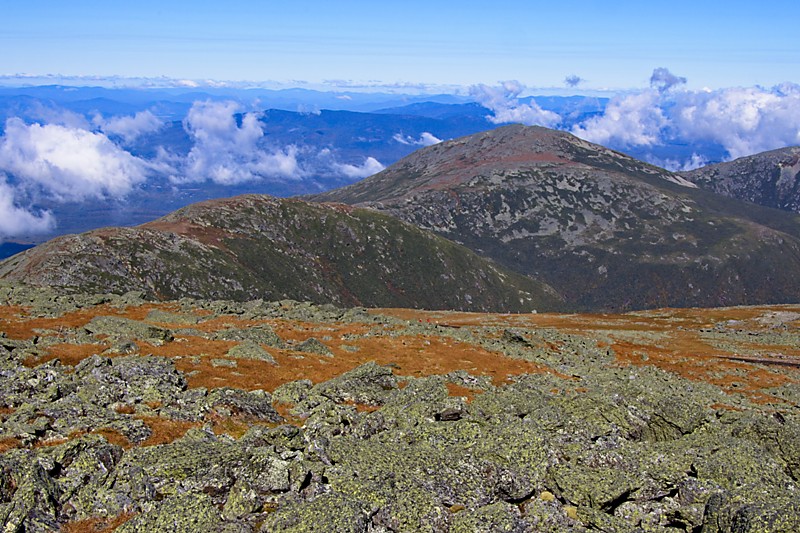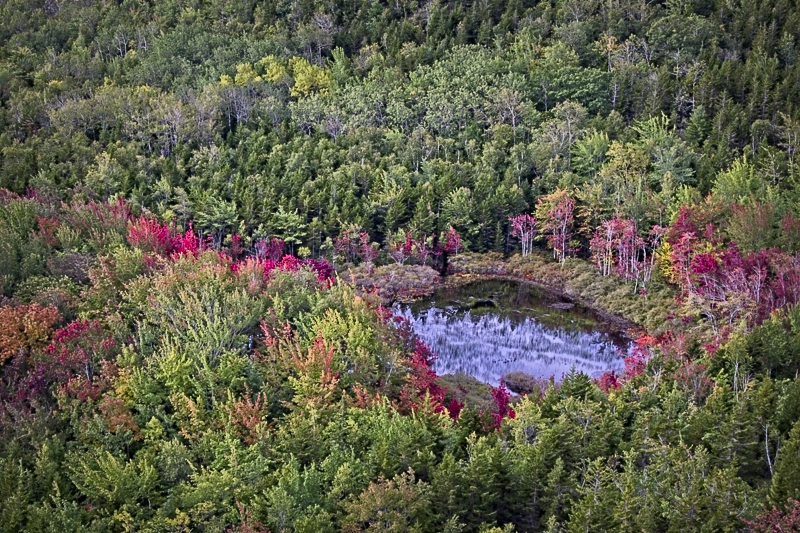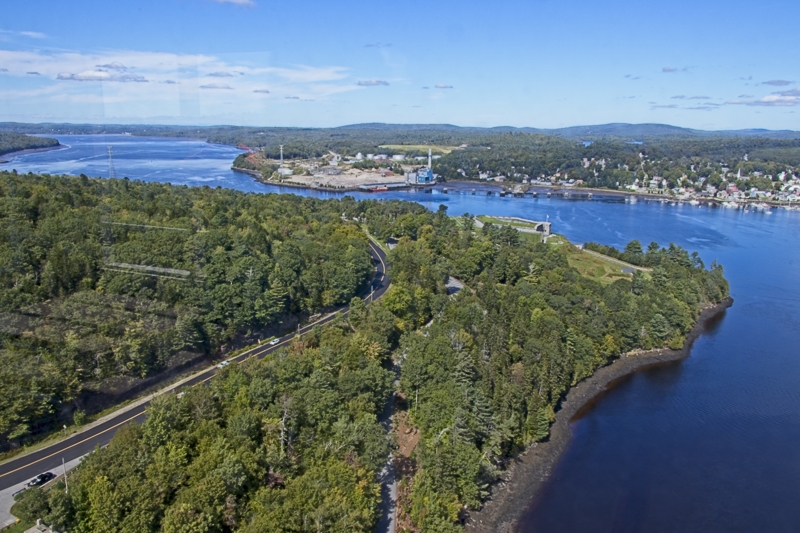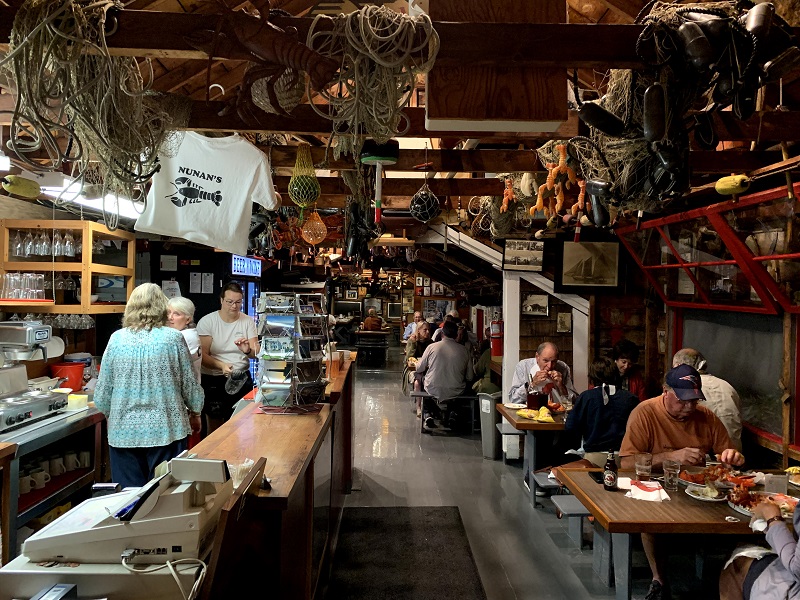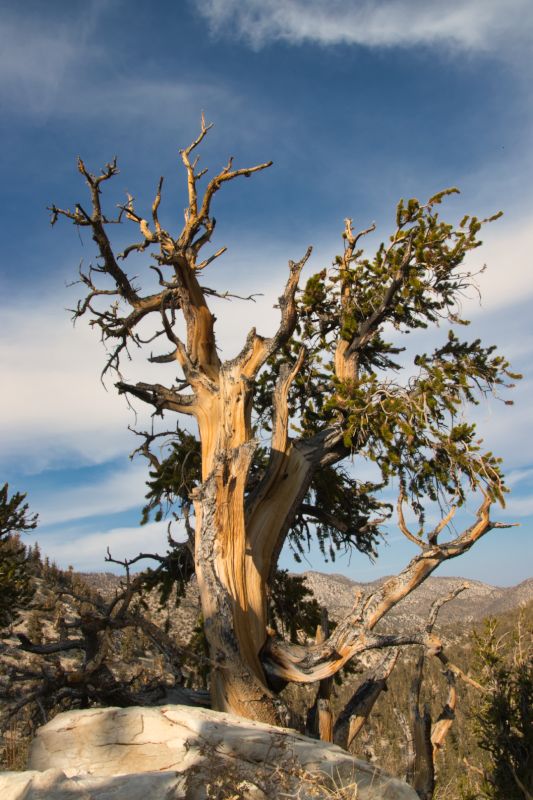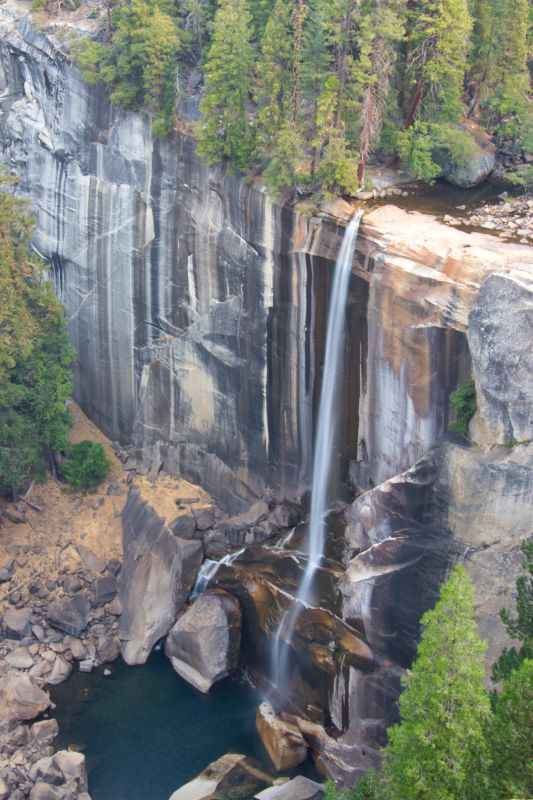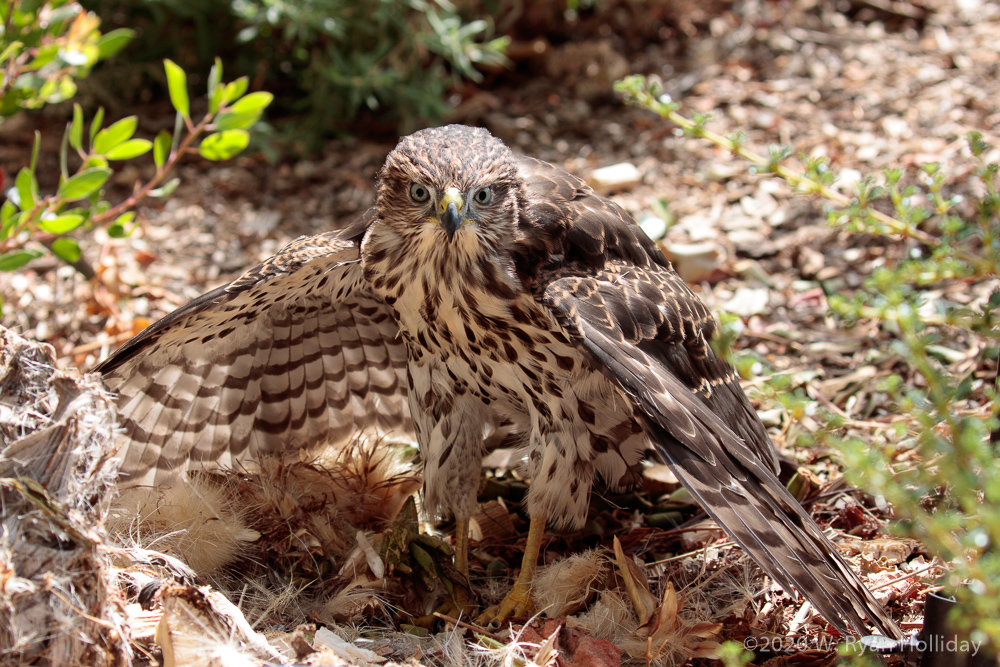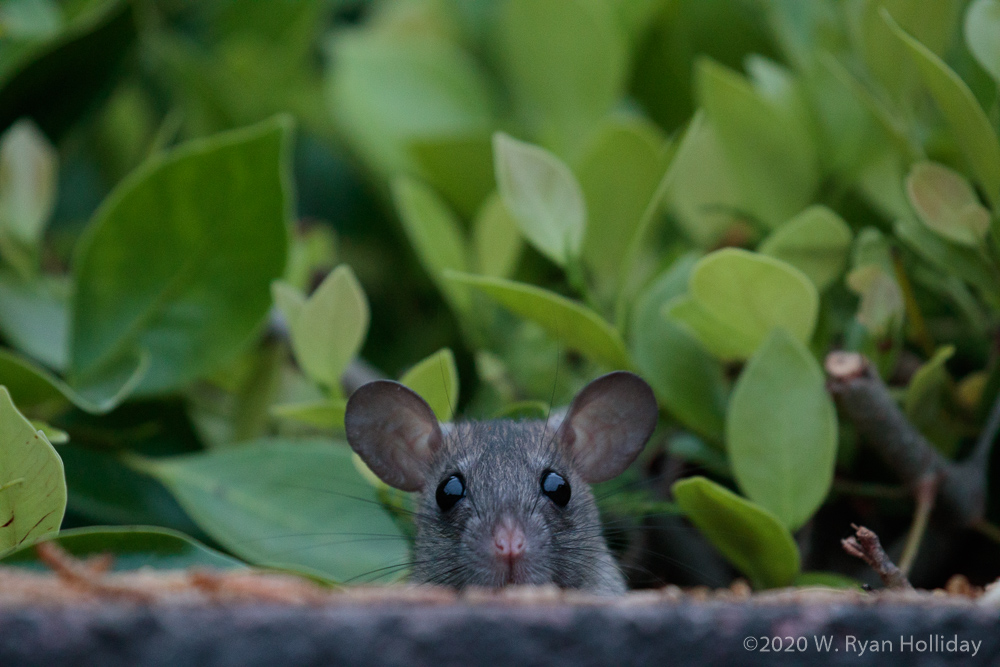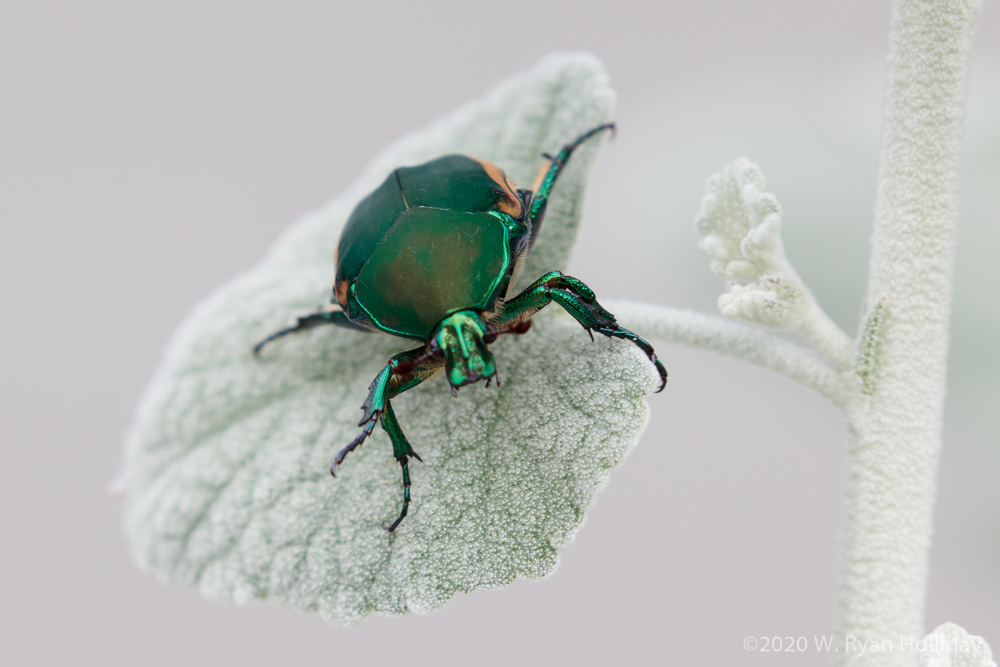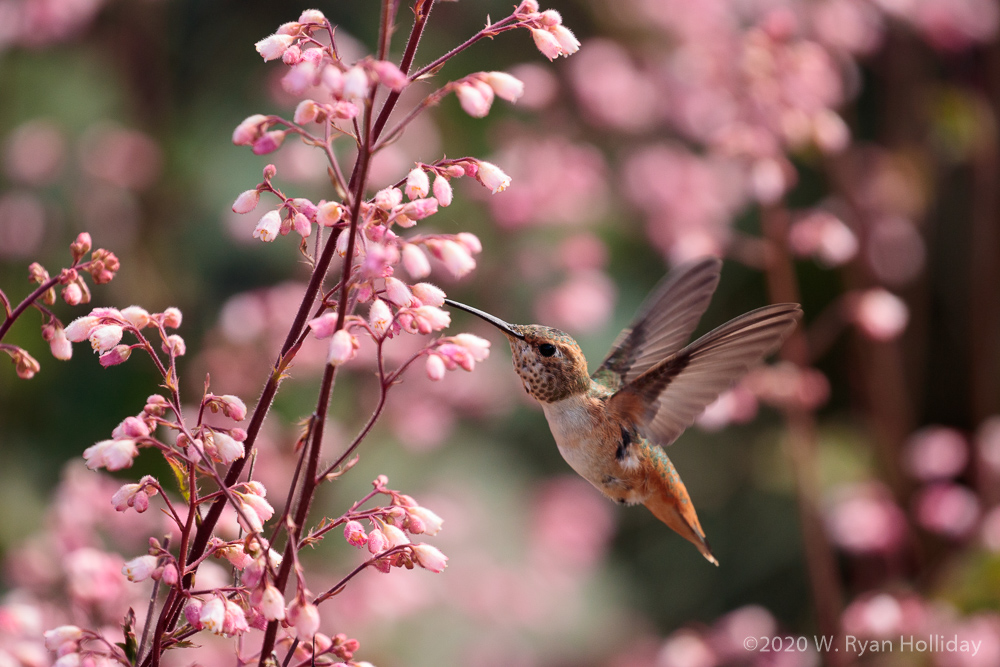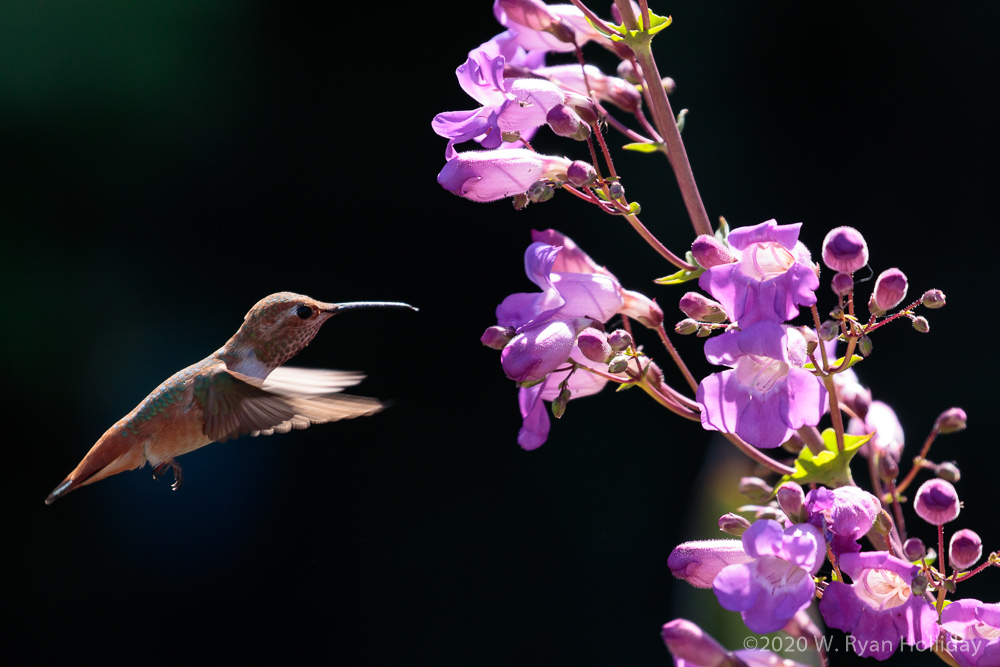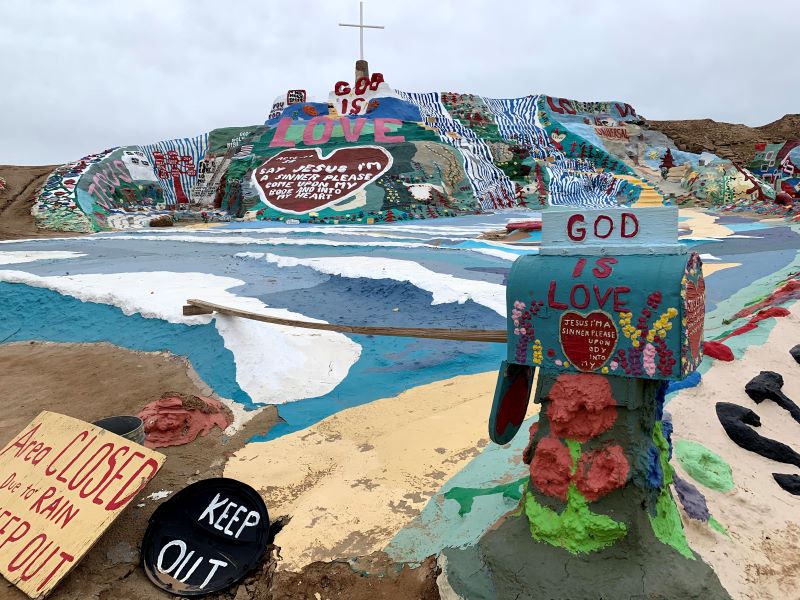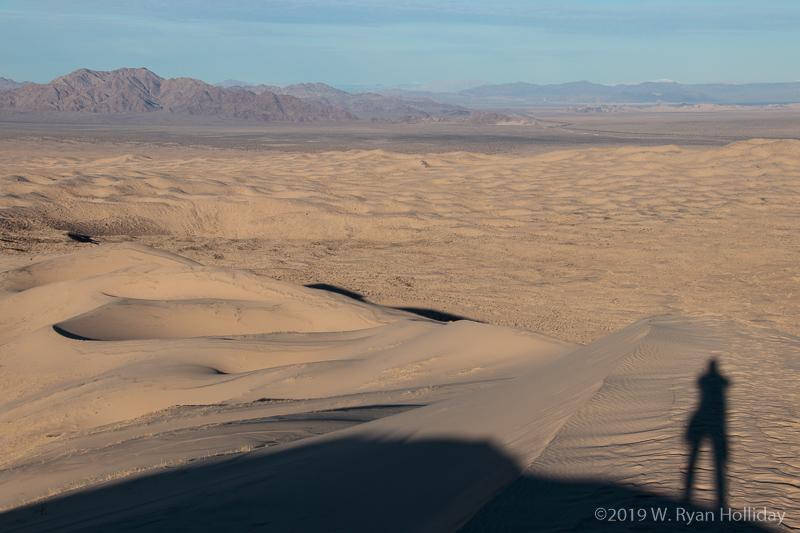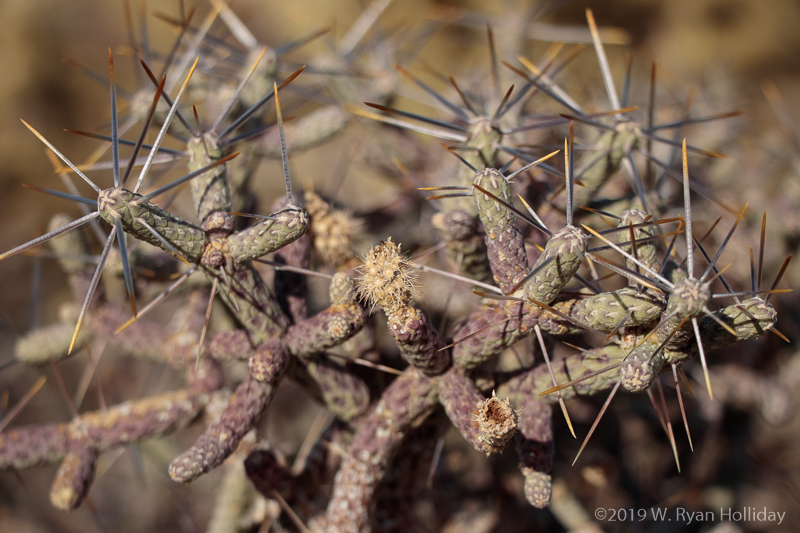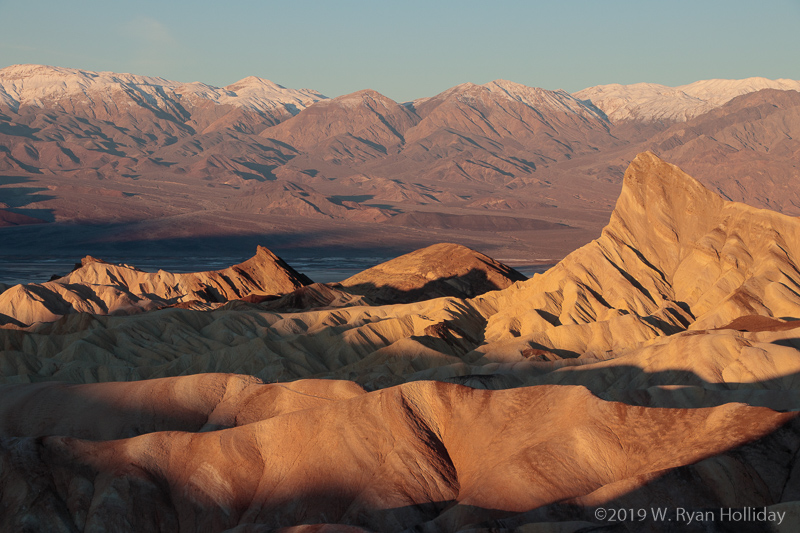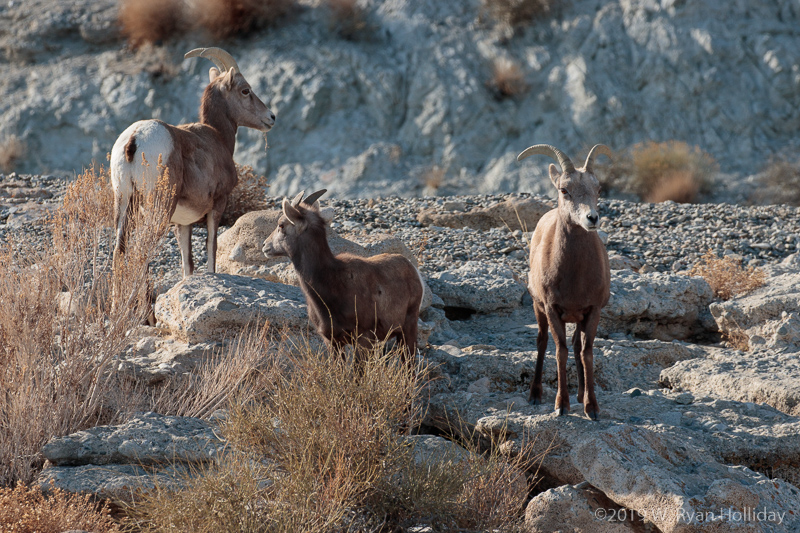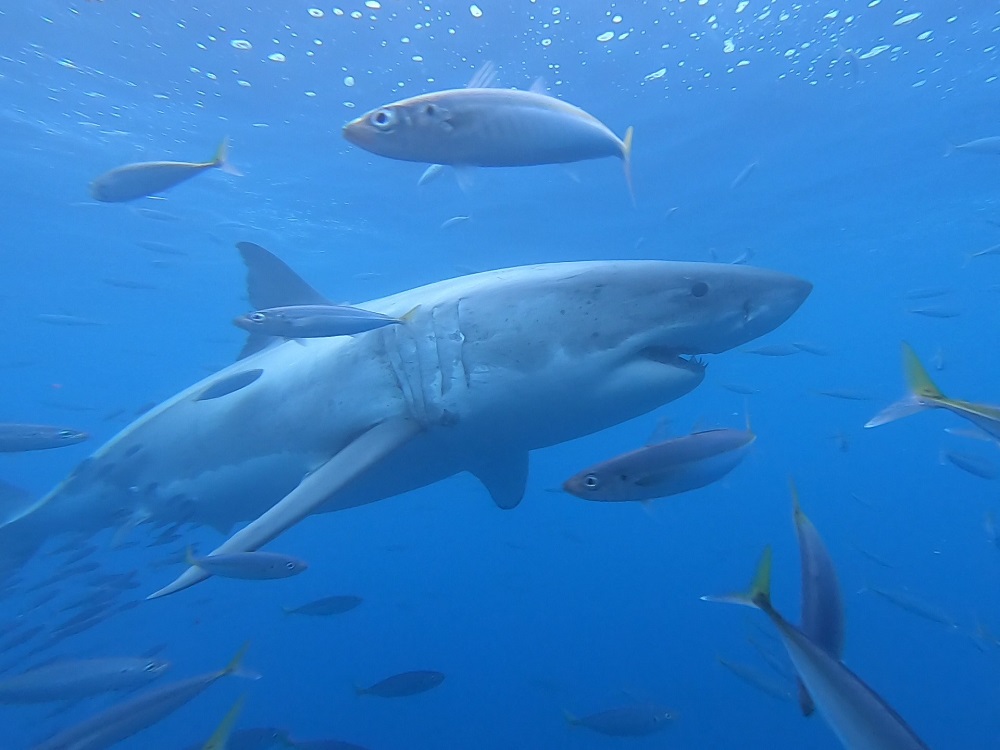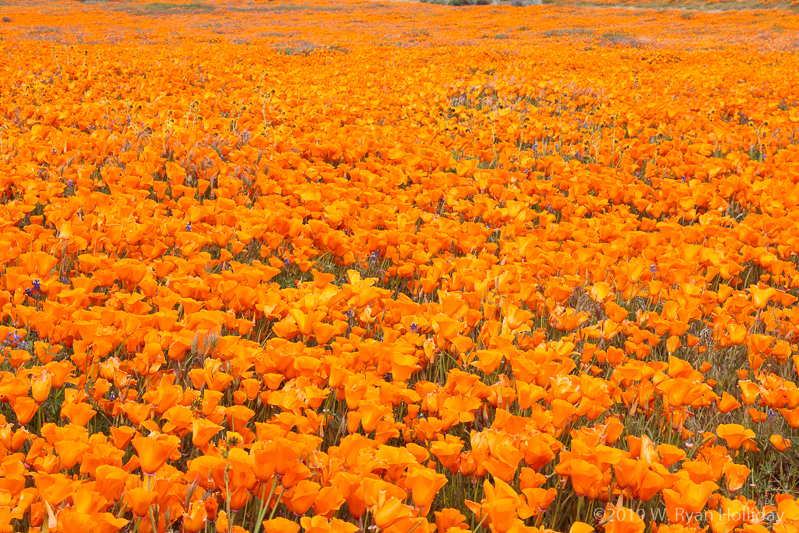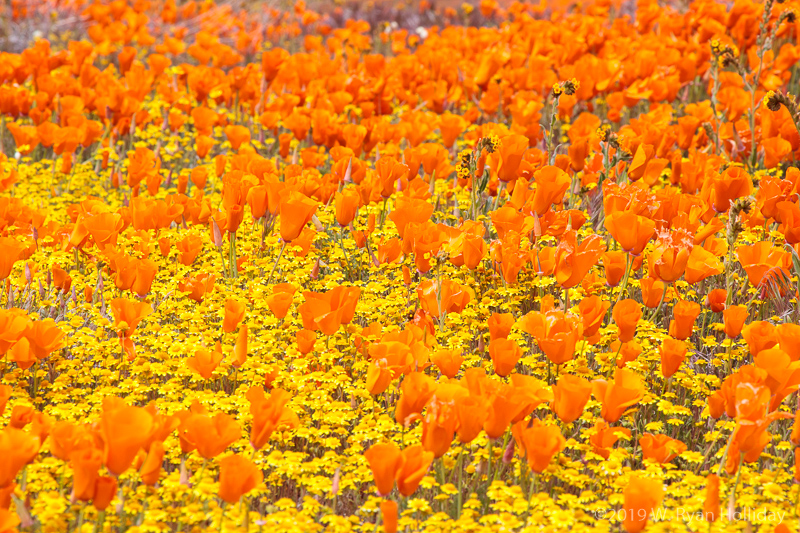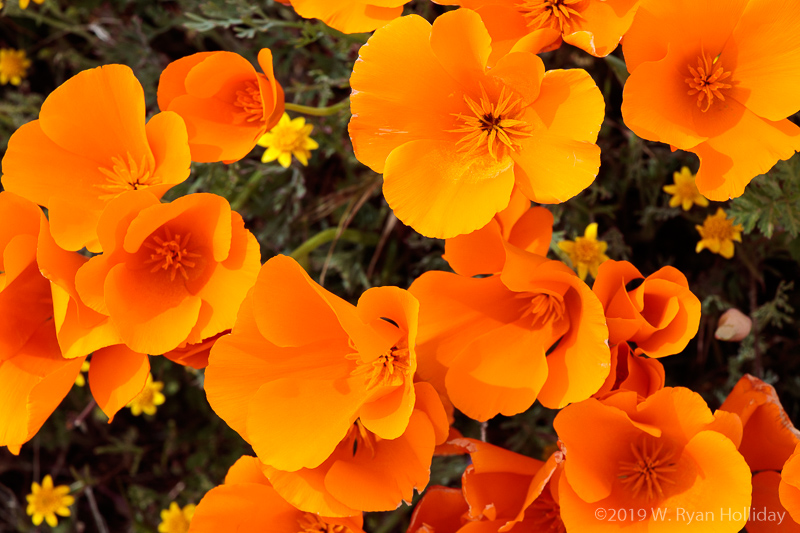Today was a day of perfect weather and many activities, despite the fact that we decided to postpone axe throwing until tomorrow.
Our first stop of the day was the Mt. Washington Auto Road, where we paid the exorbitant toll for the totally-worth-it drive to the 6,288 foot summit of Mt. Washington. First opened in 1861, the road has an average grade of 12%, with up to 22% grade in some places, and our rental car was none-too-happy with us for choosing this route. Despite some complaints from the automobile, it was incredibly scenic, and we got out for a number of short hikes along the way before braving the chilly temperatures at a summit that is infamous for extreme weather, including a 231 mph wind gust that was recorded in 1934.
After leaving the mountain we had a couple of additional stops – a delicious 2pm breakfast at the Sunrise Shack, and a quick hike to the waterfalls at Diana’s Baths – before we set off across the Kancamagus Highway. This scenic byway is mobbed in October with “leaf peepers” taking in the amazing fall colors; for our trip leaves were just beginning to turn, but it was still a beautiful route. We read later that the road took twenty-five years to build, with construction starting in the 1930s; a supervisor’s progress report during the project noted “Quality of work: Excellent. Morale of workers: High. Progress of construction: Negligible.”
It will be tough to top today’s adventures, but the plan for tomorrow is to start the day with barnyard animals and axe throwing before heading southwest into Vermont, with a stop at the very famous Franconia Notch along the way, so it should be another good one.

